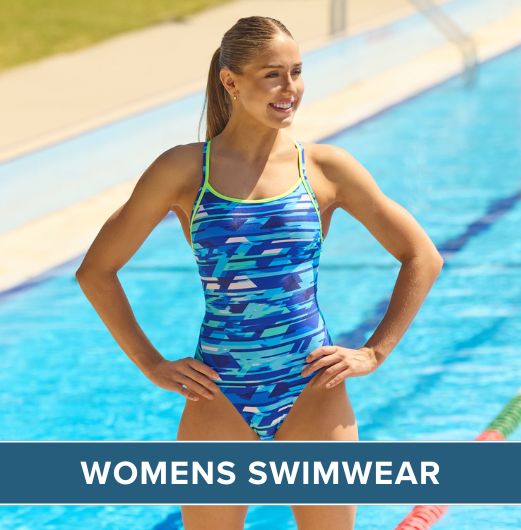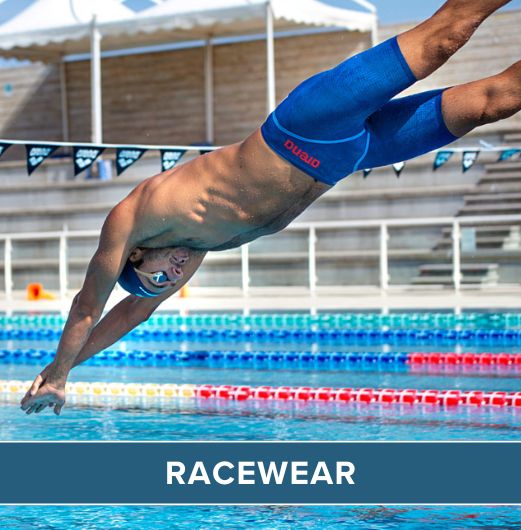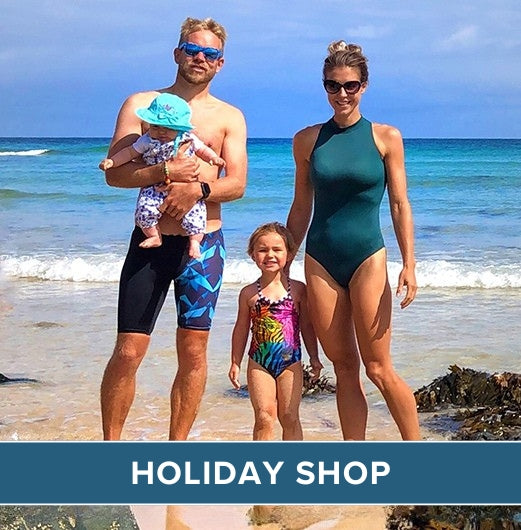Hi, I'm Clive from Puddle Ducks. I'm here today with Simply Swim, and we're here today to show you how to teach your young child how to swim. We've got some activities here, specifically for children aged between 6 and 15 months.
Turning is a fundamental activity that we teach our children to do very young indeed. It's really important to encourage children to understand that, once they've entered the water or they're in the water, their first instinct is to turn back to a place they've just come from. This could be the side of the pool or pond, if they happen to have fallen in. When we do our turning activity, we encourage parents to hold their children at arm's length facing away from them. We give a clear signal, "Turn, turn, turn," and the parents are watching which direction the child naturally wants to turn their head, and then helps them come back round towards themselves once it's clear which direction the child wants to turn for themselves.
It's surprising how early young children can learn how to hold on to the side. The way that we teach this in the pool is to encourage with our hands and arms to rest over the side of the pool. In the very early stages, parents support little ones with either their knee or a hand under the seat to give them some support, and we help with their hands on the side of the pool. In the pool that we are using today, the sides are particularly high. So we're lifting and supporting the child, but giving them a sense of supporting themselves on the side.
This activity can also lead on to what we call monkey walking, which is using the little one's hands to help them move to a point to safety. Parents can encourage this by supporting underneath the child seat with those knees, and helping with their hands along the side. This pool was not appropriate to demonstrate that activity, but any pool that has a bar or a deck-level side is an ideal environment to help your little ones learn to move to a point of safe exit from the water.
We don't recommend the use of fixed flotation when we're teaching children to swim. It's really important that little ones are able to understand how to balance and support themselves in the dynamic environment of the water. So encouraging them to use floats and woggles is a really important skill for them to learn, so that they can learn to adjust their position and balance themselves. When using floats, it's important that the parent maintains their control mainly of the float, just enough support to the child so that they are secure on the float and safe from rolling off or coming off the float.
Children can be moved around the pool and parents can either support from the side, with one arm coming over the top of the child in a nice, secure position or, when children become more comfortable in supporting themselves, parents can move to the front. And that's a lovely position for the child to be in, because it's a lovely bonding activity, they can see mum or dad in front of them, and it will often encourage little ones to help kick their legs, too, as they're really keen to get to mummy or daddy.
The Little Harbor position is a progression from the long woggle. In this position the parent lengthens their arms and they're supporting the child whilst the child is learning to help to support themselves over the top of the parent's forearms. We use toys to encourage the child to reach forwards, and the child can also kick their legs. Parents can move the child to one side so that the child's legs are going underneath the parent's arm. We recommend that the parent's arms are as low as possible to the water, so that the child is also feeling their own buoyancy and, again, learning to stabilize their position. Hands can be opened, so that the child can see clearly in front of them and focus on toys, which will also help them to learn to reach and, again, balance themselves in the water.
Teaching young children to learn to become comfortable on their backs can be tricky. After about six months of age, and they start to want to sit up and that reflex is actually carried through to the pool. However, it's important that we keep continue to try to get them to be comfortable on their backs, because being able to be on their backs is a really important Life Preservation Technique. It's easier for them to breathe on their backs then on their fronts. The way that we encourage parents to try and get their children to be comfortable on their backs is to start in a nice, seated position, bring your shoulder up to the child's head, and then over a short period of time, ease the shoulder backwards, so that the child becomes nice and comfortable, laying flat to the surface of the water. Parents can use small toys held above the child's head to provide focus, and to help the children's heads go back.
So, we encourage our children to use the long woggle because it's important that they learn to support themselves in the water. Using armbands is fine, it's another method, but with armbands children can become over-aligned. So using the long woggles means that they're learning to physically stabilize themselves in the water and to hold on for themselves. Parents are able to support the woggle and the child, although it's a great idea to keep your hands as low as possible in the water so that the child's feeling as much of their own buoyancy as possible. It's also a great activity to encourage your child to kick their legs, but if they're not happy to kick themselves you can even come down to a single hand supporting the woggle and use your spare hand to encourage a leg kick with your child.
Keep your eye on your child's mouth because, whilst we like the hands to be as low as possible, it's important that your child is not taking on too much water. Small splashes are absolutely fine but your child must be able to bring their mouth away from the water when necessary. Kicking and splashing are fundamentals of teaching your child to swim and they're also great fun. Teaching your child to splash encourages them to use their hands and arms, which are the forerunners for an arm movement in actual swimming. The same goes for kicking, too; encouraging children to kick their legs will set the tone for teaching them to use their legs to propel them in the water later on. Using songs and rhymes is what we do to help children have a great time whilst they're learning these really important skills.
For more advice videos, feel free to check out the Simply Swim YouTube channel.
 Free Tracked UK Delivery
Free Tracked UK Delivery Hassle Free Returns
Hassle Free Returns Next Working Day OPTION
Next Working Day OPTION Found It Cheaper?
Found It Cheaper?














